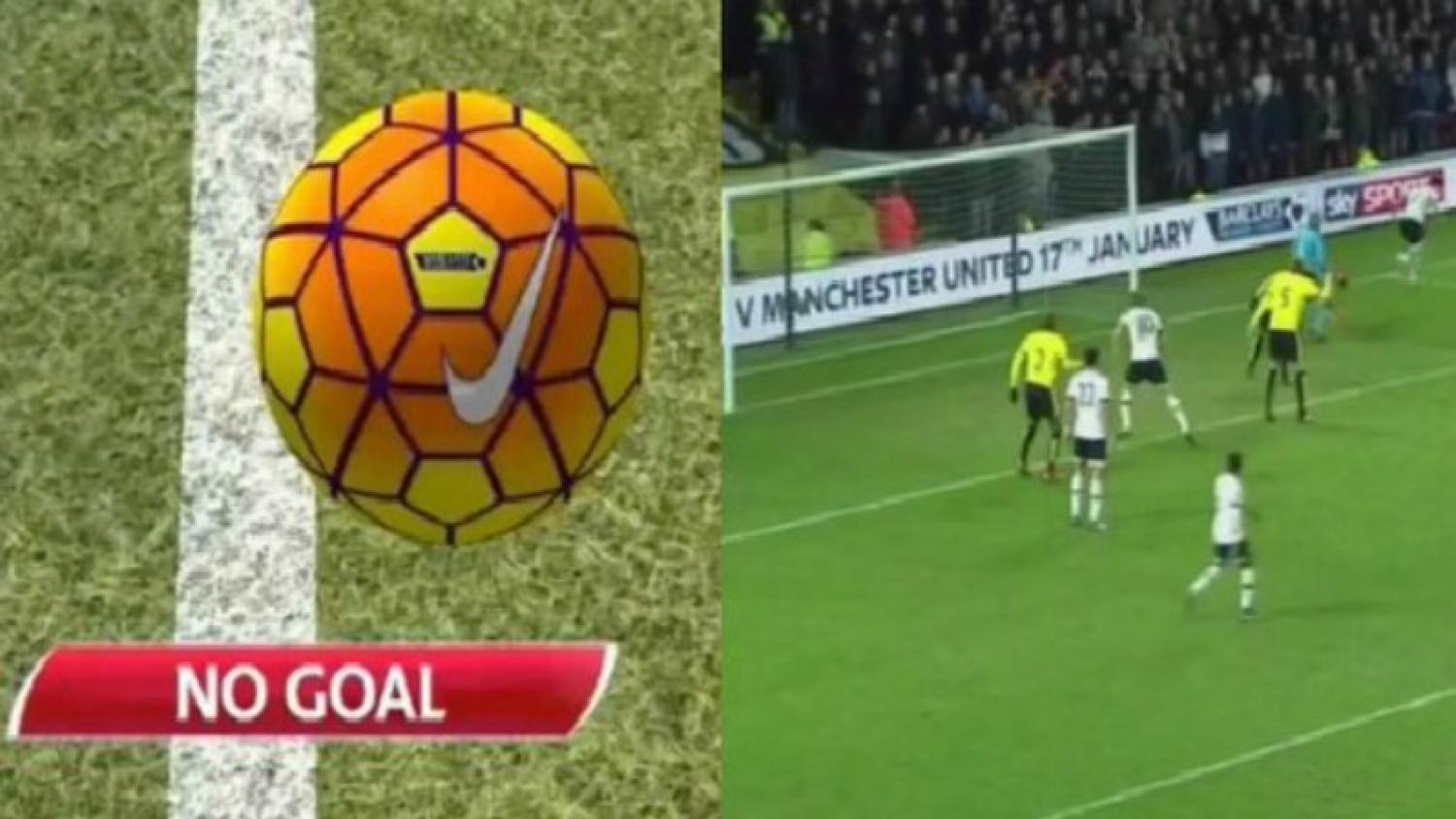Tennis has it. Rugby has it. Even cricket has it, and hardly anyone bothers with cricket. Video replay technology has been embraced by a great number of sports as an aide to umpires and referees, but until now, soccer has been steadfast in its rejection of the replay.
The arguments of the two lobbies can be summarised very generally: the pro-technology side see video as a proven way to ensure correct decisions are being made, as referees miss important events because they can’t be everywhere at once, while the anti-technology side see human error as part of the game, and video being a threat to the referee’s authority.
Until now, the International Football Association Board has proven stunningly conservative in its views, refusing to commit to any kind of official trial even as recently as 2015, when the KNVB (Dutch FA) petitioned them to carry out a live trial of video technology in the KNVB Cup.
Jerome Valcke, then FIFA Secretary General, was quoted as saying, "it is not a rejection… It was the level of discussion where we all understood what it would mean the day we would say yes to video. If you say yes to the video in the penalty area, it’s yes to the video during the whole game. It would take a few months or a year. It’s the biggest decision that would come out from the IFAB, ever."
Video Replay Gaining Traction
Valcke is gone now, but that conversation has gained traction and for the first time, the IFAB have committed to at least carrying out experiments with video replays. In the agenda for the meeting, video technology is once again a subject to be discussed, but this time there is a clear indication that a more progressive stance is being taken.
"The IFAB has been working on potential scenarios and clear protocols for how it could be tested, with the idea that well-run experiments would be the best way to understand the pros and cons of video assistance in full," FIFA announced in a media briefing, and with the KNVB outlining one idea for technology use, it appears that change is coming.
It may of course be entirely coincidental that in the wake of multiple arrests for corruption such a volte-face has been performed, but with FIFA it seems like anything could have been going on.
The caution of yesteryear has been replaced with a refreshing openness to experiment, and, while that sounds like something teens do in their first year at college, it will be welcomed by managers like Jose Mourinho (when he finds a new job) who have complained in the past about refereeing decisions.
However, a caveat must come with this potentially life-changing development for the game. Soccer is the world’s most popular sport for many reasons, but one of the most obvious is its simplicity: from rolled-up socks to Coke cans, sweaters to streetlights, thousands of everyday objects can be used for playing soccer.
As a player gets higher up the football pyramid, official goals and balls are used, sportswear becomes essential and coaching becomes crucial. The more professional a player becomes, the greater financial demands they have to bear, and this is a problem at the heart of video technology: the cost of implementation.
A divide between rich and poor is already made painfully obvious in every edition of the FIFA Club World Cup, where the UEFA representative has won seven out of the last eight. Video technology runs the risk of creating a two-tier system, the haves and have-nots, where professionalism is reserved for those with the deepest pockets.




